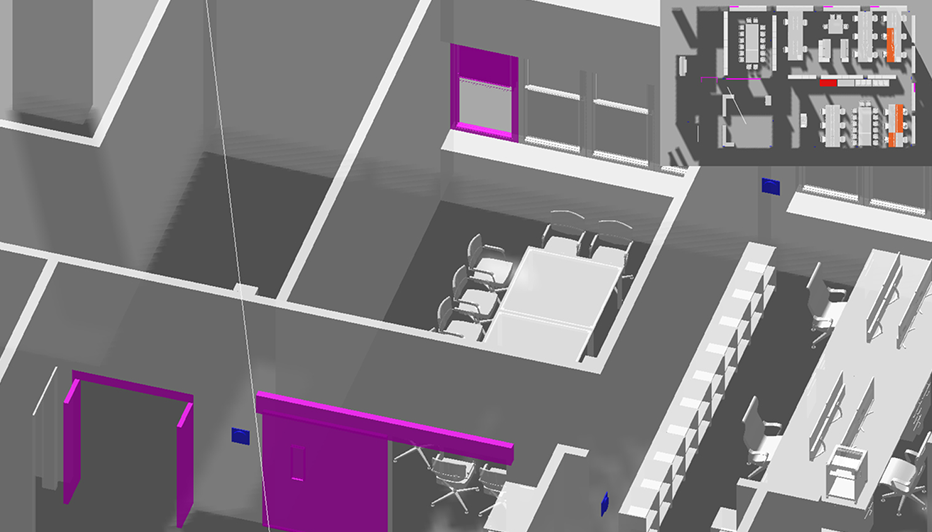By Jihoon Chung, doctoral candidate in the Center for Architecture Science and Ecology at RPI
Buildings are very busy places. Humans spend about 90% of their lives inside, so it makes sense that a great deal of research goes into making indoor environments as safe and comfortable as possible. But doing that takes a great deal of energy. Nearly half of building energy usage goes toward heating, cooling, ventilation, and lighting, and the total amount of building energy consumption accounts for over a third of final energy use around the world.
Considering this environmental issue, diverse stakeholders — including architects, HVAC engineers, and building operators or owners — have relied on energy simulation to reduce building energy usage at the early design stage. However, actual energy consumption is still much higher than predicted values, and electricity consumption has consistently increased over the last two decades.
While there are plenty of reasons for this inconsistency, the biggest obstacle to accurately predicting energy use is us — humans. Our behavior varies; our activities change. Hour-to-hour, week-to-week, year-to-year, the occupants of a building act differently than what energy simulation experts expected when they were designing the building.
To minimize this uncertainty in occupant behavior, it is necessary to better understand the relationship between indoor environment, occupants, and building systems. Occupants not only emit metabolic heat inside a building, but also actively interact with building systems (e.g., space heaters, windows, lighting, etc.) to control the indoor environment (e.g., temperature, indoor air quality, luminosity, etc.) and improve their comfort in a room. How can we better understand this complex mechanism behind these interactions using sensor data?
In my research, we are integrating Internet of Things (IoT) sensors with Building Information Modeling (BIM) and ontology. Due to the low cost, small size, and light weight of IoT sensors, many can be installed in a building to collect high-resolution spatial and temporal occupancy data in real time. BIM is a paradigm for the design, construction, and operation of buildings using three-dimensional, data-rich computer models. It contains high-fidelity information of the designed/constructed building as a data repository and provides contextual information to interpret sensor data for capturing the interactions between the occupants and building systems.
To capture the behavioral patterns of occupants at a higher level, we are incorporating ontology technology that enables machines to comprehend semantic information and infer extra information based on formal rule sets. By adopting the ontologies, a monitoring system can infer occupants’ “needs” behind their interactions with building systems based on the data from BIM and IoT sensors. For example, why does an occupant open a window at around 9 a.m. in an office? Did the occupant feel hot? Was the indoor air quality poor? Was it just part of the occupant’s routine? The derived behavioral patterns can be incorporated with building simulation so that we can achieve higher accuracy of simulation for predicting occupants’ comfort and building energy consumption.
Our research, being developed in collaboration with leading research centers both at RPI and nationally, aims to precisely predict building energy consumption to influence the decisions of stakeholders. The Center for Architecture Science and Ecology has partnered with the Tetherless World Constellation — a leading RPI center in digital ontology research — for the initial creation of the indoor environmental quality ontology model, and with the Lighting Enabled Systems & Applications Center to develop the integrated BIM and IoT occupancy monitoring system. Beginning this month, we will also begin collaborating with Lawrence Berkeley National Laboratory to develop machine learning-based strategies that will train our occupant behavior models.
We dream of a world where buildings can provide a healthier environment, reduce overall costs, and mitigate climate change. We hope that one day buildings will no longer be a major energy consumer on this planet, but one of the main proponents of healthy human lives.




